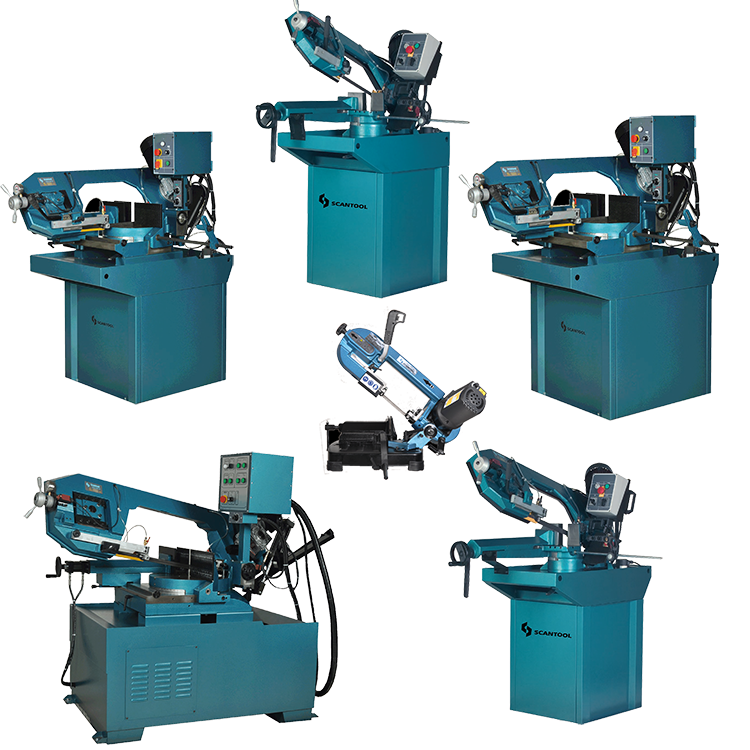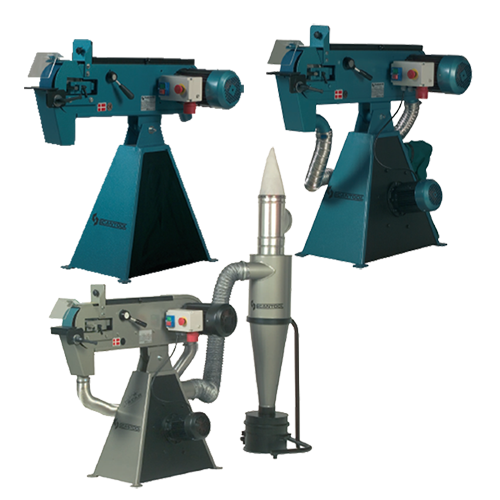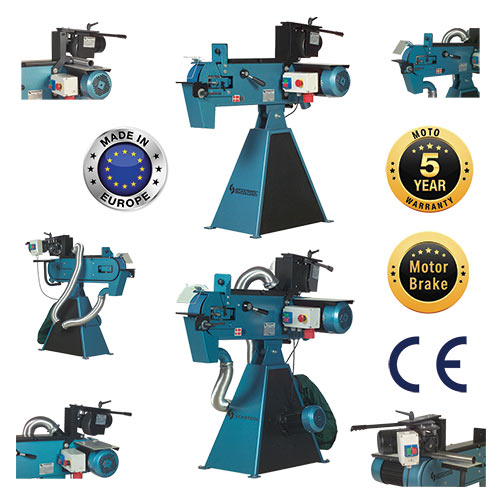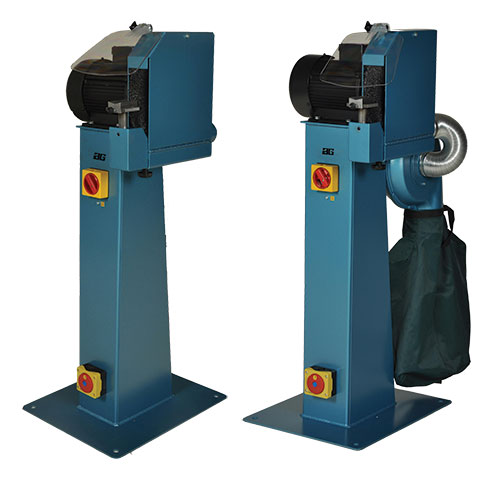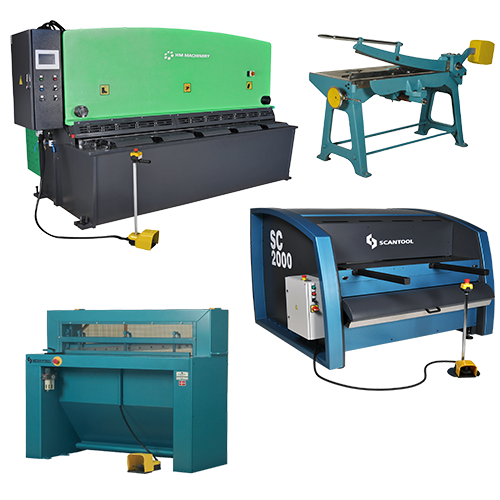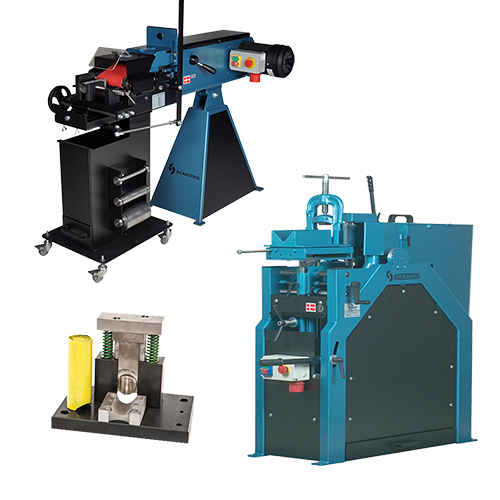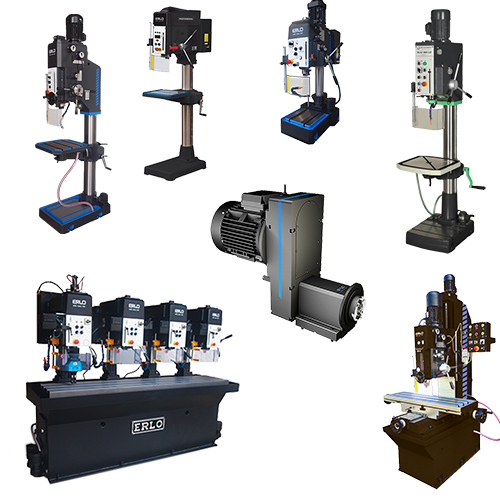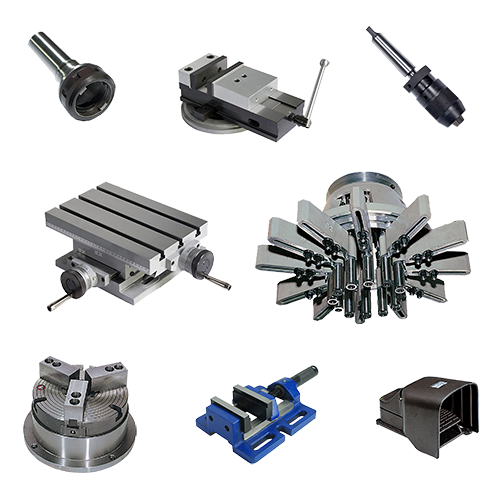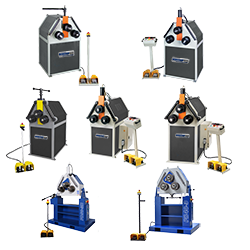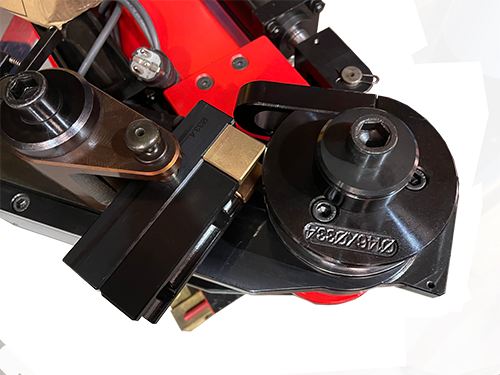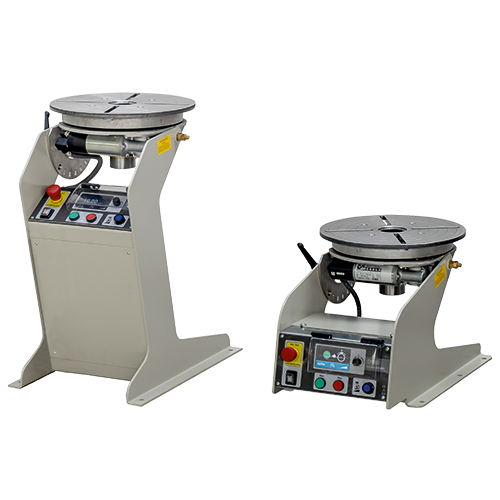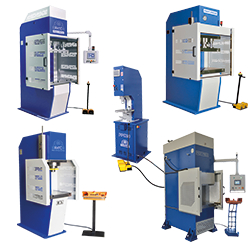frequently Asked Questions about C-Frame Presses
Q: Where can I view your C-Frame Press Offering?
A: View our comprehensive range online.
We offer over 25 different C-Frame presses that have various tonnages, controls, and features. They can be viewed by clicking HERE.
Q: What sizes do C-Frame Presses come in?
A: They range between 16 and 250 tons.
C-Frame presses are classified by the hydraulic system’s tonnage, typically ranging between 16 and 250 tons.
Q: Can you control the pressure on a hydraulic C-Frame Press?
A: Yes, pressure is adjustable.
The pressure on a hydraulic C-Frame Press is adjustable. Basic models use a manually adjusted pressure valve, while more advanced machines use an HMI for programmatic control.
Q: Can you control the speed on a hydraulic C-Frame Press?
A: Yes, speed is adjustable.
Speed adjustment is possible on C-Frame Presses. Simpler models use a manual flow valve, while advanced machines with HMI control the speed programmatically.
Q: Can you arrange delivery, offloading, placement, installation, power hookup, and training?
A: We offer a comprehensive service.
We provide a complete service including delivery, offloading, placement, installation, power hookup, and training. Our team ensures presses are set up even in challenging locations.
Q: What is the largest C-Frame press offered?
A: We offer up to 250 tons, with bespoke options available.
The largest standard C-Frame press we offer is 250 tons, but bespoke tonnages and sizes are available, even up to and beyond 1000 tons.
Q: What differentiates the offered C-Frame Presses?
A: Various features and specifications.
Key differentiators include tonnage, HMI or micro-switch stroke control, pressure control, speed control, safety features, activation method, bolster and slide table size, and physical dimensions.
Q: Do all C-Frame Presses have a computer controller?
A: Not all have HMIs.
Not all C-Frame presses have HMIs. Some are controlled by micro-switches and foot pedals or palm buttons, which are efficient but less flexible compared to HMIs.
Q: What controls the stroke length of a C-Frame Press?
A: Micro-switches or HMIs.
Stroke length is controlled by either micro-switches with an analog linear scale or an HMI that allows data entry for stroke positions. The overall stroke is limited by the physical dimensions of the press.
Q: What safety features come with a C-Frame Press?
A: Safety features vary by speed.
Safety features are dictated by the press’s stroke speed. Presses advancing faster than 11 mm/s must have guarding, typically light curtains. Presses slower than 11 mm/s have E-Stop buttons.
Q: How can Industry 4.0 enhance hydraulic press operations?
A: Industry 4.0 enables data-driven automation and remote control.
Industry 4.0 brings real-time data collection, predictive maintenance, and remote monitoring capabilities to hydraulic press operations. This allows for optimized machine performance, reduced downtime, and energy efficiency, all while integrating seamlessly into automated production lines.
Q: What are the key benefits of Industry 4.0 in hydraulic presses?
A: Increased efficiency, predictive maintenance, and remote control.
Key benefits include:
- Real-time data collection for better decision-making
- Predictive maintenance to reduce machine downtime
- Remote control and diagnostics for flexible operations
- Energy monitoring for cost savings
- Seamless integration with other smart manufacturing systems
Q: Can I use my current tools with a C-Frame Press?
A: Yes, with appropriate press size.
Existing tools can be used if the press has adequate vertical and horizontal daylight and the tables are large enough to secure the toolset.
Q: Are there standard tools offered for use with a C-Frame Press?
A: Standard and bespoke tools are available.
Standard tools for punching, rounding, forming, slotting, and tube notching are available. Custom tools can also be developed to suit specific needs.
Q: Are C-Frame Presses suitable for production runs?
A: Suitable for short and long runs.
C-Frame presses are suitable for both short and long production runs. The required production quantities and stroke speed should be considered to match the press to your needs.
Q: How do I secure a tool in a C-Frame Press?
A: Tools are secured using die clamps.
Tools are secured using die clamps with DIN-60 T-Slots in the press slide and bolster tables. T-Nuts and bolts are used to clamp the tool securely.
Q: What is the maintenance schedule for a hydraulic C-Frame Press?
A: Regular maintenance ensures longevity.
Daily maintenance includes testing safety features, cleaning, and checking hydraulic fluid levels. Some companies perform annual oil changes, while others top up as needed. Service packages are available upon request.
Q: Are all C-Frame Presses hydraulic presses?
A: They can be hydraulic or mechanical.
C-Frame presses can be either hydraulically or mechanically driven. Hydraulic presses use a piston, while mechanical presses use a flywheel or drive mechanism.
Q: Does a C-Frame hydraulic press require a hydraulic cooling system?
A: Not always necessary.
Hydraulic cooling systems are not always required. The need depends on the ambient climate where the press is located. An evaluation is recommended if the average temperature is 20°C or higher.
Q: Can bespoke controls and features be added to a standard C-Frame Press?
A: Yes, customization is possible.
Standard C-Frame presses can be customized with special guarding, modified controls, larger tables, and more to meet specific customer requirements.
Q: Can I have foot-activated versus hand-activated stroke controls?
A: Yes, controls can be modified.
Changing hand palm button controls to foot pedal controls, or vice-versa, is possible to suit operator preference and application requirements.
Q: What are the different types of C-Frame presses?
A: Various types cater to different needs.
Categories include:
- Manual C-frame presses: Lever-powered hydraulic cylinder, suitable for light-duty applications.
- Hydraulic C-frame presses: Motor-driven hydraulic system, suitable for heavy-duty applications.
- Servo-hydraulic presses: Use servomotors for precision and accuracy, ideal for high-volume manufacturing.
Sub-categories include:
- Benchtop presses: Small, portable presses for light-duty applications.
- Floor presses: Larger, more powerful presses for heavy-duty applications.
- Servo-hydraulic presses: Advanced presses with servomotors for high precision.
For detailed guidance, contact our professional sales team.
Q: What are the benefits of using a C-frame press?
A: They offer versatility, durability, safety, and affordability.
Benefits include:
- Versatile: Suitable for various applications.
- Durable: Made from high-quality steel and components.
- Safe: Equipped with E-Stops, light curtains, and other safety features.
- Affordable: Cost-effective with reasonable entry costs.
Q: What are the different applications for C-frame presses?
A: Suitable for various metalworking tasks.
Applications include: Punching, deep drawing, blanking, coining, straightening, forming, bending, drawing, riveting, and assembly.
Q: What are the factors to consider when choosing a C-frame press?
A: Consider tonnage, speed, accuracy, and price.
Key factors include:
- Tonnage: Depends on the type of work and materials used.
- Speed: Required for high-volume production.
- Accuracy: Needed for precision metalworking.
- Price: Varies based on features and specifications.
Our professional staff can help you match your budget to your production requirements.
Q: What are the costs of C-frame presses?
A: Costs vary based on features and specifications.
General price ranges:
- Manual C-frame presses: £100-£500
- Hydraulic C-frame presses: £3,500-£150,000
- Servo-hydraulic presses: £50,000-£300,000
Set a budget before shopping to avoid overspending. Contact us for a detailed quotation.
Q: How do I maintain a C-frame press?
A: Regular maintenance is essential.
Maintenance tips:
- Inspect regularly for wear or damage.
- Clean the press daily.
- Lubricate according to the manufacturer’s guidelines.
- Check hydraulic oil levels regularly.
- Service annually by a qualified technician.
Following these tips will ensure your C-frame press lasts for many years.
Q: Where can I buy a C-frame press?
A: We are one of the UK’s largest press dealers.
purchase options:
- Machinery dealers: Offer new presses with warranties and support.
- Online retailers: Suitable for smaller, inexpensive presses.
- Auctions: Good for used presses, but without guarantees or warranties.
Contact The Workshop Press Company UK for professional assistance in choosing the right press for your needs.


